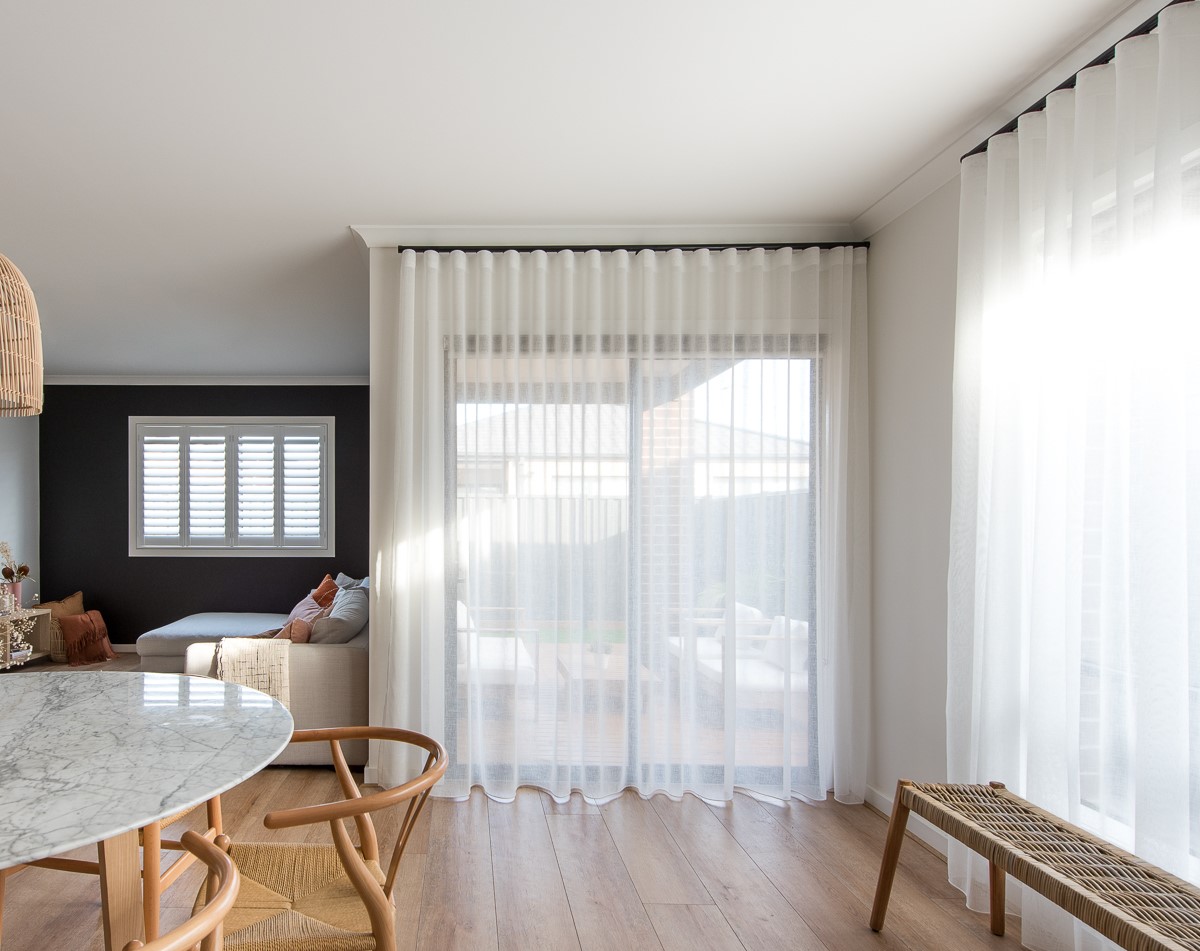

Articles
How Long Should Curtains Hang To The Floor
Modified: February 24, 2024
Learn the ideal length for curtains to hang to the floor and ensure your home looks stylish and well-designed. Find helpful articles on curtain length and more.
(Many of the links in this article redirect to a specific reviewed product. Your purchase of these products through affiliate links helps to generate commission for Storables.com, at no extra cost. Learn more)
Introduction
Welcome to the world of curtains, where the length of these window coverings can make a big impact on the overall look and feel of a room. When it comes to curtain length, there are various factors to consider, such as the style of the room, the height of the windows, and personal preference. The right curtain length can enhance the aesthetic appeal of a space while providing practical functionality.
In this article, we will delve into the importance of curtain length, discuss the various factors to consider when choosing curtain length, explore different standard curtain lengths, and provide guidance on how to choose the right curtain length for different types of rooms. So, whether you are redecorating your living room, bedroom, or home office, read on to discover the secrets of curtain length to create a visually appealing and well-dressed window.
Key Takeaways:
- Choose the right curtain length to enhance your room’s aesthetic, functionality, and ambiance. Consider factors like room style, window height, and fabric type to create a visually appealing and well-dressed window.
- Whether it’s floor-length, breaking, or floating curtains, each style offers unique benefits. Consider the room’s purpose, privacy needs, and maintenance requirements to select the perfect curtain length for your space.
The Importance of Curtain Length
Choosing the right curtain length is essential for several reasons. Firstly, it can dramatically alter the visual perception of a room. Curtains that are too short may give the impression of an unfinished or ill-fitted space, while curtains that are too long can create a cluttered or unkempt look. The ideal curtain length can create a sense of harmony and balance within a room, contributing to its overall aesthetic appeal.
Secondly, curtain length plays a crucial role in controlling natural light and privacy. Floor-length curtains that hang all the way to the floor can effectively block out sunlight and provide privacy, making them suitable for bedrooms or living rooms. On the other hand, shorter curtains can allow more natural light into a space and offer a more casual and breezy ambiance, making them ideal for kitchens or informal spaces.
Additionally, curtain length can also impact the perceived height of a room. Hanging curtains closer to the ceiling and allowing them to skim the floor can create the illusion of higher ceilings, making a room appear more spacious and grand. Conversely, curtains that hang just above the window frame can make a room feel cozier and more intimate.
It is worth mentioning that the importance of curtain length may vary depending on the style and purpose of each room. For example, in formal settings like dining rooms or elegant living rooms, floor-length curtains are often preferred to create a sense of sophistication. In contrast, in children’s rooms or playrooms, shorter curtains that are easier to maintain and clean may be more practical.
Overall, the importance of curtain length lies in its ability to impact the visual, functional, and emotional aspects of a space. By carefully selecting the appropriate curtain length, you can transform a room into a stylish and well-designed area that meets your specific needs and preferences.
Factors to Consider when Choosing Curtain Length
When determining the ideal curtain length for your space, there are several important factors to consider:
- Room Style: The style of the room should be the starting point for choosing curtain length. Consider whether you want a formal, elegant look or a more casual and relaxed vibe. This will help you decide on the appropriate curtain length that complements the overall style and ambiance of the space.
- Window Height: Take into account the height of your windows when choosing curtain length. For standard window heights, curtains that hang just above the windowsill or reach the bottom of the window frame are commonly used. However, if you have tall windows, you may opt for floor-length curtains to create a more dramatic and proportionate look.
- Desired Functionality: Think about the functionality you want your curtains to provide. If you need privacy or light control, consider selecting longer curtains that extend to the floor or even break onto the floor. For windows that do not require privacy or sunlight blockage, shorter curtains that hover above the windowsill can add a touch of elegance without compromising functionality.
- Fabric Type and Pattern: The fabric type and pattern of the curtains can also influence the curtain length decision. Thick, heavy fabrics may require more length to hang gracefully, while flowy and lightweight fabrics may be suitable for shorter curtain lengths. Likewise, patterns and designs on the fabric may be showcased better with certain curtain lengths.
- Room Size: Consider the size of the room when determining the curtain length. In smaller spaces, longer curtains that extend to the floor can create an illusion of height and make the room feel more spacious. For larger rooms, floor-length curtains can add drama and elegance.
- Practicality and Maintenance: Think about how easy it will be to maintain and clean the curtains. Longer curtains may need more upkeep, especially if they touch the floor. Consider your willingness and ability to care for the curtains when deciding on the appropriate length.
By taking these factors into account, you can make a well-informed decision about the curtain length that best suits your space, style, and practical needs.
Standard Curtain Lengths
When it comes to curtain lengths, there are some standard measurements that are commonly used in the industry. These standard lengths provide a great starting point for selecting the perfect curtain length for your space:
- 63 inches: This is a popular curtain length that typically hangs just below the windowsill. It is a versatile option that works well in bedrooms, kitchens, and smaller living spaces.
- 84 inches: Curtain panels that are 84 inches in length usually reach the floor or touch it slightly. This length is suitable for most average-sized windows and can create an elegant and balanced look in living rooms, dining rooms, or bedrooms.
- 95 inches: For taller windows or ceilings, 95-inch curtains are often used. This length gracefully pools on the floor, adding a touch of luxury and drama to the room.
- 108 inches: Curtain panels that are 108 inches long are ideal for tall or grand windows. They are designed to create a more dramatic and opulent look, with the fabric pooling on the floor.
- 120 inches: These extra-long curtain panels are typically used in spaces with high ceilings or for creating a more luxurious and extravagant feel. They can be layered or draped to add depth and texture to the room.
It’s important to note that these standard curtain lengths are just a starting point, and there is flexibility to customize the length based on the specific needs and style of your space. Some curtain retailers may also offer custom sizing options to ensure a perfect fit for your windows.
Remember to consider your personal preference, room style, and the factors mentioned earlier when selecting the curtain length that best suits your space. With the right curtain length, you can transform your windows and elevate the overall design of your room.
Floor-Length Curtains
Floor-length curtains are a classic and elegant option that adds sophistication and grandeur to any space. These curtains are designed to hang all the way to the floor, creating a seamless and polished look. Here are some key points to consider when opting for floor-length curtains:
1. Visual Impact: Floor-length curtains have a significant visual impact and can make a room appear taller and more spacious. They draw the eye upward, creating a sense of verticality. This is especially beneficial for rooms with low ceilings, as the curtains can give the illusion of height.
2. Formality and Elegance: Floor-length curtains are commonly associated with formal and elegant spaces. They add a touch of luxury and sophistication, making them a popular choice for dining rooms, master bedrooms, and living rooms. The flowing fabric cascading down to the floor creates a regal and refined ambiance.
3. Privacy and Light Control: Floor-length curtains provide excellent privacy and light control. When closed, they block out external light and prevent prying eyes from peering into your home. This is especially beneficial for bedrooms and spaces that require privacy.
4. Maintenance: It is important to consider that floor-length curtains require more maintenance compared to shorter curtains. They are more likely to accumulate dust and dirt, and the fabric may brush against the floor, leading to potential staining or wear. Regular cleaning and occasional adjustments may be necessary to keep them looking their best.
5. Choosing the Right Fabric: When selecting fabric for floor-length curtains, choose materials that drape well and have weight to them. Silks, velvets, and heavy linens are popular choices as they provide a luxurious and elegant look. Consider the color, pattern, and texture of the fabric to complement the overall design of the room.
6. Proper Installation: To achieve the desired look, it is important to install floor-length curtains correctly. Hang the curtain rod higher than the window frame, close to the ceiling if possible, to create the illusion of height. Ensure the curtains are hemmed to the appropriate length, grazing or slightly breaking at the floor for a polished finish.
Overall, floor-length curtains are a timeless option that can elevate the style and ambiance of a room. Whether you prefer a formal and regal look or simply want to create an elegant and sophisticated atmosphere, floor-length curtains can provide the perfect finishing touch to your windows.
Curtains should hang 1/2 inch above the floor to prevent dragging and dust accumulation. This length also creates a clean and polished look for your window treatments.
Read more: Should Curtains Touch The Floor?
Breaking or Puddling Curtains
Breaking or puddling curtains refer to a specific curtain length style where the fabric gracefully gathers on the floor, creating a relaxed and slightly informal look. This style is often associated with luxurious and romantic aesthetics, adding an extra touch of elegance and charm to the room. Here are some key points to consider if you’re contemplating using breaking or puddling curtains:
1. Aesthetic Appeal: Breaking or puddling curtains create a soft and romantic look in a space. The excess fabric pooling on the floor adds texture, depth, and a sense of opulence to the room. This style is particularly popular in formal living rooms, bedrooms, and dining rooms, where a touch of extravagance is desired.
2. Custom Length: Unlike standard floor-length curtains, breaking or puddling curtains require specific measurements to achieve the desired look. The curtains should be longer than the floor to allow the fabric to gather and drape naturally. The amount of puddling can vary based on personal preference, but it’s important to find the right balance between elegance and excess.
3. Fabric Selection: The type of fabric chosen for breaking or puddling curtains can greatly influence the overall effect. Lighter and flowy fabrics such as silk, chiffon, or sheer materials are well-suited for this style, as they create a graceful and ethereal look. Heavier fabrics may not drape as effortlessly, so it’s essential to choose materials with good draping qualities.
4. Practical Considerations: It’s important to note that breaking or puddling curtains require more maintenance compared to other curtain lengths. The excess fabric touching the floor is more likely to collect dust and require regular cleaning. Consider the level of foot traffic in the room and the ease of cleaning when determining if this style is suitable for your space.
5. Proper Installation: To achieve the breaking or puddling effect, it’s crucial to install the curtain rod higher than the window frame, similar to floor-length curtains. This allows the fabric to flow freely and gather gracefully on the floor. Ensure the curtains are longer than the floor while still maintaining a harmonious and visually pleasing look.
6. Safety Considerations: If you have small children or pets, it’s important to consider their safety when choosing breaking or puddling curtains. The excess fabric on the floor can pose a tripping hazard or an opportunity for curious hands or paws to pull on the fabric. Take necessary precautions to ensure the curtains are secured and out of reach to prevent accidents.
Breaking or puddling curtains offer a romantic and luxurious aesthetic that can transform any room into an elegant sanctuary. If you’re looking to add a touch of sophistication and drama to your living space, consider this style of curtain length to create a visually stunning and inviting atmosphere.
Floating Curtains
Floating curtains, also known as just above the floor curtains, are a popular and versatile curtain length option that offers a clean and contemporary look. These curtains are designed to hang slightly above the floor, with the hemline “floating” just above the surface. Here are some key points to consider when opting for floating curtains:
1. Modern and Minimalist Look: Floating curtains provide a sleek and modern aesthetic that works well in contemporary spaces. The clean lines and minimalistic approach create a sense of openness and lightness in the room. This style is particularly popular in modern living rooms, home offices, and bedrooms with a minimalist design.
2. Accentuates Flooring: By allowing a small gap between the bottom of the curtains and the floor, floating curtains allow the focus to shift to the flooring material. Whether you have hardwood, tile, or carpet, the floating curtains create a seamless transition, showcasing the beautiful flooring while still adding privacy and a touch of softness.
3. Practicality and Maintenance: Floating curtains offer practical benefits in terms of maintenance. Since they do not touch the floor, they are less likely to gather dust, dirt, or pet hair. This makes them a suitable choice for high-traffic areas or rooms where regular cleaning is a concern.
4. Versatility in Room Design: Floating curtains are versatile and can work well in various room designs and styles. They can create a casual, laid-back atmosphere in a beach-inspired living room or add a touch of elegance and simplicity to a modern bedroom. The flexibility of floating curtains allows them to complement different interior aesthetics.
5. Correct Length Considerations: To achieve the floating curtain look, measure your curtains so that they hang 1 to 2 inches above the floor. This will ensure that they gracefully skim the surface without touching it. It’s important to remember that the curtains should maintain a consistent and uniform height from end to end for a polished and balanced appearance.
6. Curtain Hardware: Proper installation of floating curtains involves selecting the right curtain hardware. It’s recommended to use curtain rods or tracks that allow for precise positioning and adjustable length. This will enable you to achieve the desired height and keep the curtains uniform throughout.
Whether you’re aiming for a modern and minimalist look or want to highlight your beautiful flooring, floating curtains provide a contemporary and visually appealing option. As you plan your interior design, consider the benefits of floating curtains in adding elegance, simplicity, and versatility to your space.
Curtain Lengths for Different Types of Rooms
Choosing the right curtain length for different types of rooms is essential to create a cohesive and visually appealing design. Here are some guidelines to consider when selecting curtain lengths for specific rooms:
1. Living Room: In the living room, the choice of curtain length depends on the overall style and purpose of the space. For a more formal and sophisticated look, floor-length curtains or slightly poolinng curtains can add a touch of elegance. For a more relaxed and casual ambiance, floating curtains that hover just above the floor create a contemporary and minimalist vibe.
2. Bedroom: In the bedroom, privacy and light control are often essential considerations. Floor-length curtains that hang all the way to the floor or breaking curtains that puddle gracefully can offer privacy and block out light effectively. Consider using heavier fabrics or blackout curtains to create a peaceful and cozy atmosphere conducive to rest and relaxation.
3. Kitchen: Kitchens usually benefit from shorter curtains that do not interfere with the workspace or get in the way of daily tasks. Curtains that hang just below the windowsill or hover above it are practical and offer a clean look. Light and airy fabrics, such as sheer or lightweight cotton, work well in the kitchen to allow natural light to filter through.
4. Dining Room: In the dining room, the goal is often to create an elegant and formal setting. Floor-length or breaking curtains can help achieve this look, adding a touch of sophistication and drama. Consider selecting rich fabrics, such as velvet or silk, to enhance the luxurious feel of the space.
5. Home Office: Home offices typically require a balance between functionality and aesthetics. Consider using floor-length or floating curtains, depending on the style of the room, to add a professional and polished touch. Opt for fabrics that can help with light control, reducing glare on computer screens, and providing privacy during virtual meetings or consultations.
6. Nursery or Children’s Room: When it comes to curtains in a nursery or children’s room, safety and practicality are of utmost importance. Shorter curtains that hover above the floor or windowsill are recommended to avoid any tripping hazards. Choose fabrics that are easy to clean and maintain, as children’s rooms tend to be more prone to spills and accidents.
7. Bathroom: In the bathroom, moisture resistance is key. Consider using curtains made from water-resistant materials, such as polyester or vinyl, that can withstand the humid environment. Curtains that hang just below or above the windowsill can provide privacy while still allowing for ventilation.
Remember that these guidelines are not set in stone, and individual preferences and room styles may vary. Ultimately, the curtain length chosen should align with the desired aesthetic, functionality, and overall design concept of each specific room.
Choosing the Right Curtain Length for Your Space
When it comes to choosing the right curtain length for your space, it’s important to consider several factors to ensure a cohesive and visually appealing look. Here are some tips to help you make the right decision:
1. Measure Your Windows: Start by measuring the height of your windows from the top to the floor or desired curtain length. This will give you an idea of the available space and help determine the appropriate curtain length.
2. Understand Your Style and Purpose: Consider the style and purpose of the room. Are you aiming for a formal, elegant look or a more casual and relaxed vibe? This will guide your choice of curtain length, whether it’s floor-length curtains for added drama or floating curtains for a contemporary feel.
3. Consider Window Height and Proportions: Take into account the height and proportions of your windows. For standard-sized windows, curtains that hang just below the windowsill or reach the bottom of the window frame are common choices. Taller windows may benefit from floor-length or breaking curtains to create a balanced and proportionate look.
4. Evaluate the Room Size: Consider the size of the room when selecting curtain length. In smaller spaces, longer curtains that reach the floor can create an illusion of height and make the room appear more spacious. For larger rooms, floor-length or breaking curtains can add a sense of grandeur and elegance.
5. Balance Privacy and Light Control: Assess your privacy and light control needs. If privacy is a priority, opt for longer curtains that extend to the floor or slightly puddle, providing effective coverage. Rooms that require more natural light may benefit from shorter curtains that allow light to flow in while still offering a level of privacy.
6. Consider the Room’s Functionality: Think about how the curtains will function within the room. Rooms that are heavily used, such as kitchens or children’s playrooms, may require shorter curtains that are easier to maintain and less prone to messes. Formal rooms like dining areas or master bedrooms can accommodate more opulent and dramatic curtain lengths.
7. Think About Fabric Selection: Choose a fabric that complements the style and purpose of the room. Lighter fabrics, such as sheer or lightweight cotton, create an airy and breezy look. Heavier fabrics like velvet or silk add a touch of luxury and can drape beautifully for a more formal feel.
8. Don’t Forget About Maintenance: Consider the practicality and maintenance of your chosen curtain length. Longer curtains may require more upkeep and regular cleaning, especially if they touch the floor. Be sure to choose fabrics that are easy to care for and maintain in the long run.
9. Seek Inspiration: Look for inspiration in interior design magazines or online platforms to get an idea of how different curtain lengths can transform a room. Pay attention to rooms with similar styles or layouts to yours and observe the curtain lengths that suit them best.
By taking these factors into account, you can make an informed decision and choose the right curtain length that enhances the overall aesthetic, functionality, and ambiance of your space.
Read more: How High Should You Hang Curtains
Conclusion
Choosing the right curtain length for your space is a crucial decision that can significantly impact the overall look and feel of a room. Whether you opt for floor-length curtains, breaking curtains, floating curtains, or another style, it’s important to consider various factors such as the room style, window height, desired functionality, and practicality.
By selecting the appropriate curtain length, you can create a visually appealing and well-dressed window that contributes to the overall aesthetic of your space. Floor-length curtains add elegance and sophistication, while breaking or puddling curtains offer a romantic and luxurious look. Floating curtains provide a contemporary and minimalist vibe, and shorter curtains offer a more casual and relaxed feel.
Consider the purpose of each room and how curtain length can enhance its functionality. Privacy and light control are important considerations, as well as the maintenance requirements of the chosen length. Factor in the size of the room and the proportions of your windows to ensure a balanced and proportionate look.
Don’t forget to select fabrics that complement the style of the room and are easy to clean and maintain. Take inspiration from various sources, and consider professional advice or consult interior design experts if needed.
Ultimately, the right curtain length is a personal choice that should align with your preferences and the overall design concept of your space. By utilizing the tips and guidelines provided in this article, you can confidently choose the perfect curtain length that transforms your windows into stunning focal points, adding beauty, privacy, and functionality to every room in your home.
Frequently Asked Questions about How Long Should Curtains Hang To The Floor
Was this page helpful?
At Storables.com, we guarantee accurate and reliable information. Our content, validated by Expert Board Contributors, is crafted following stringent Editorial Policies. We're committed to providing you with well-researched, expert-backed insights for all your informational needs.
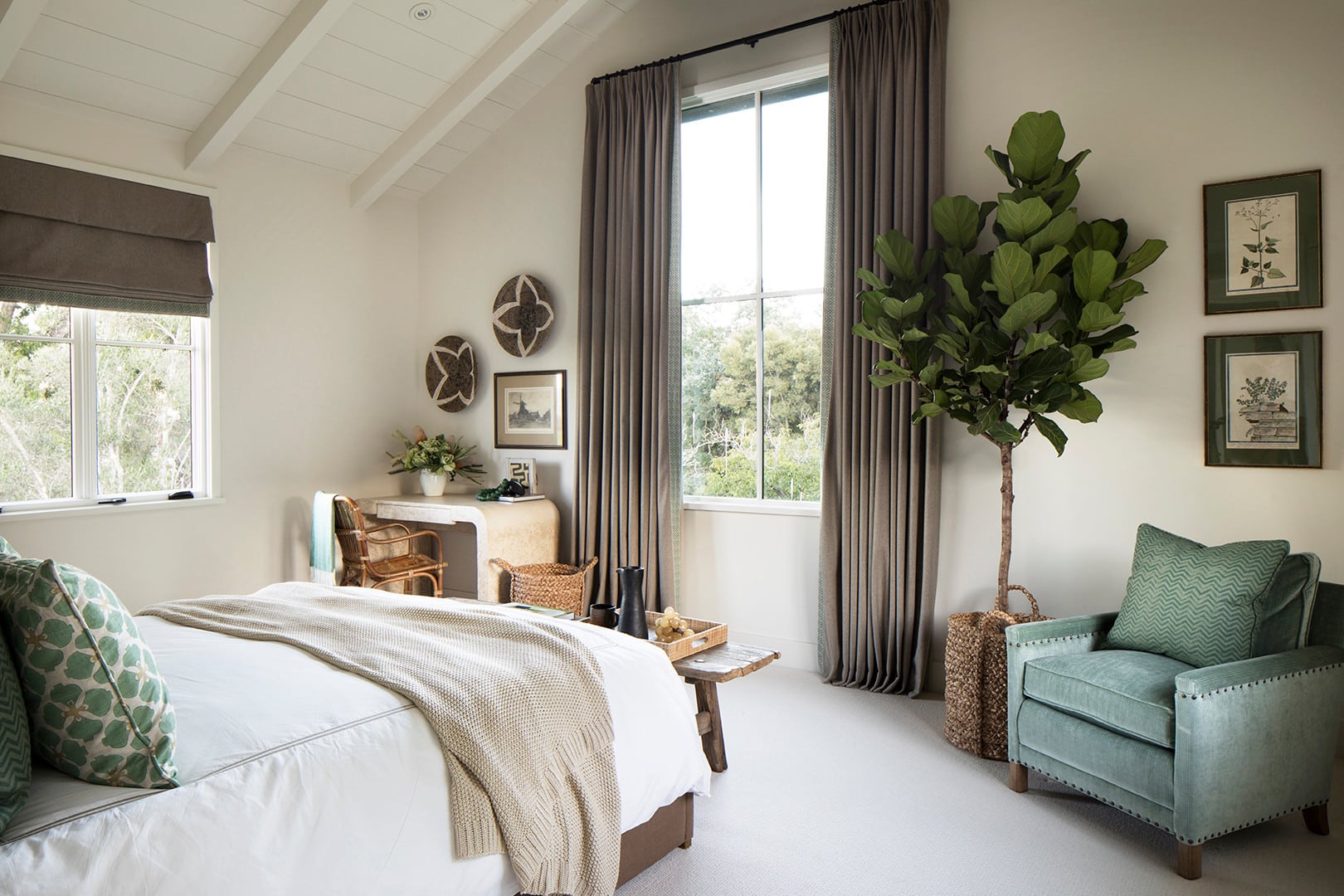
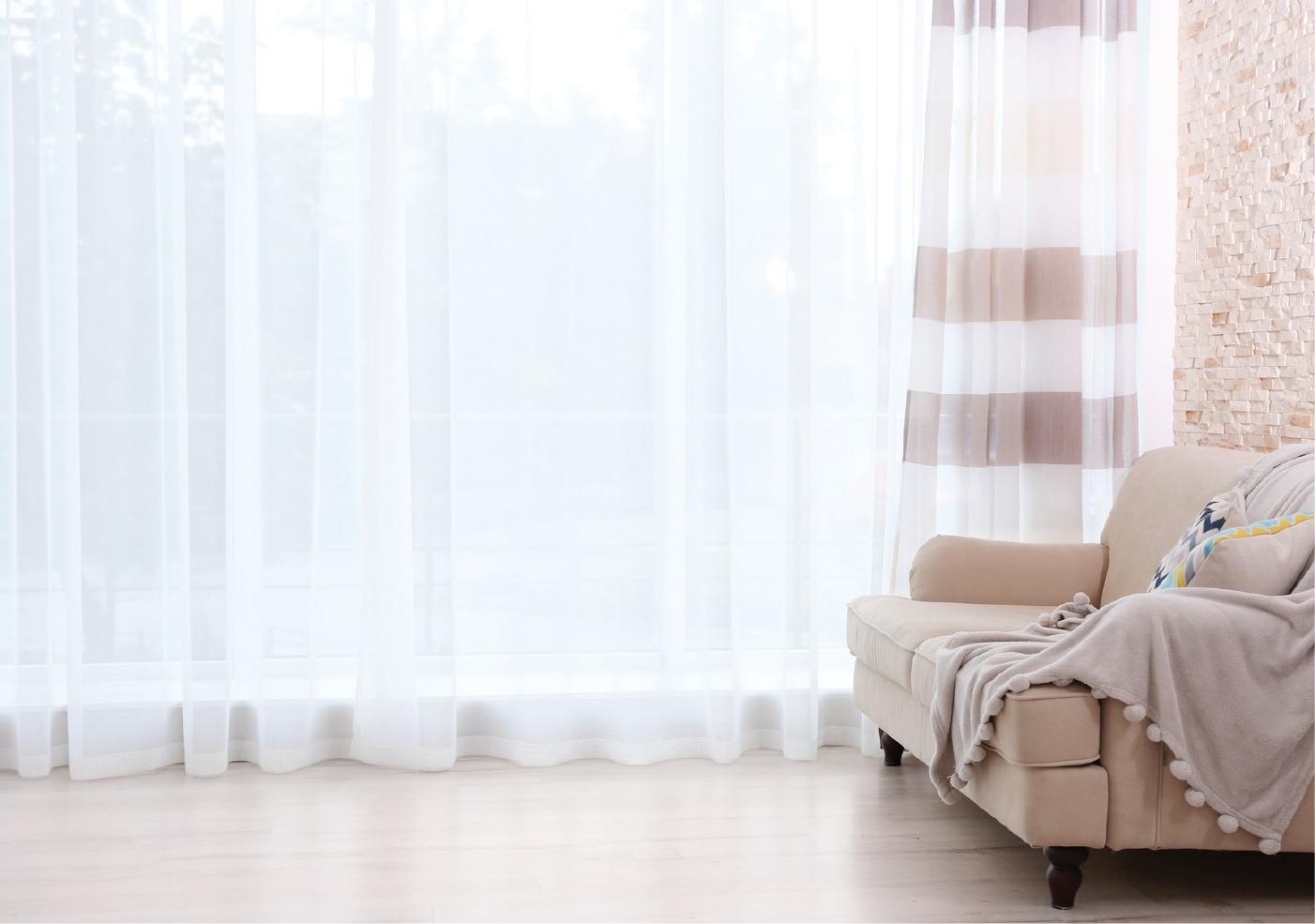
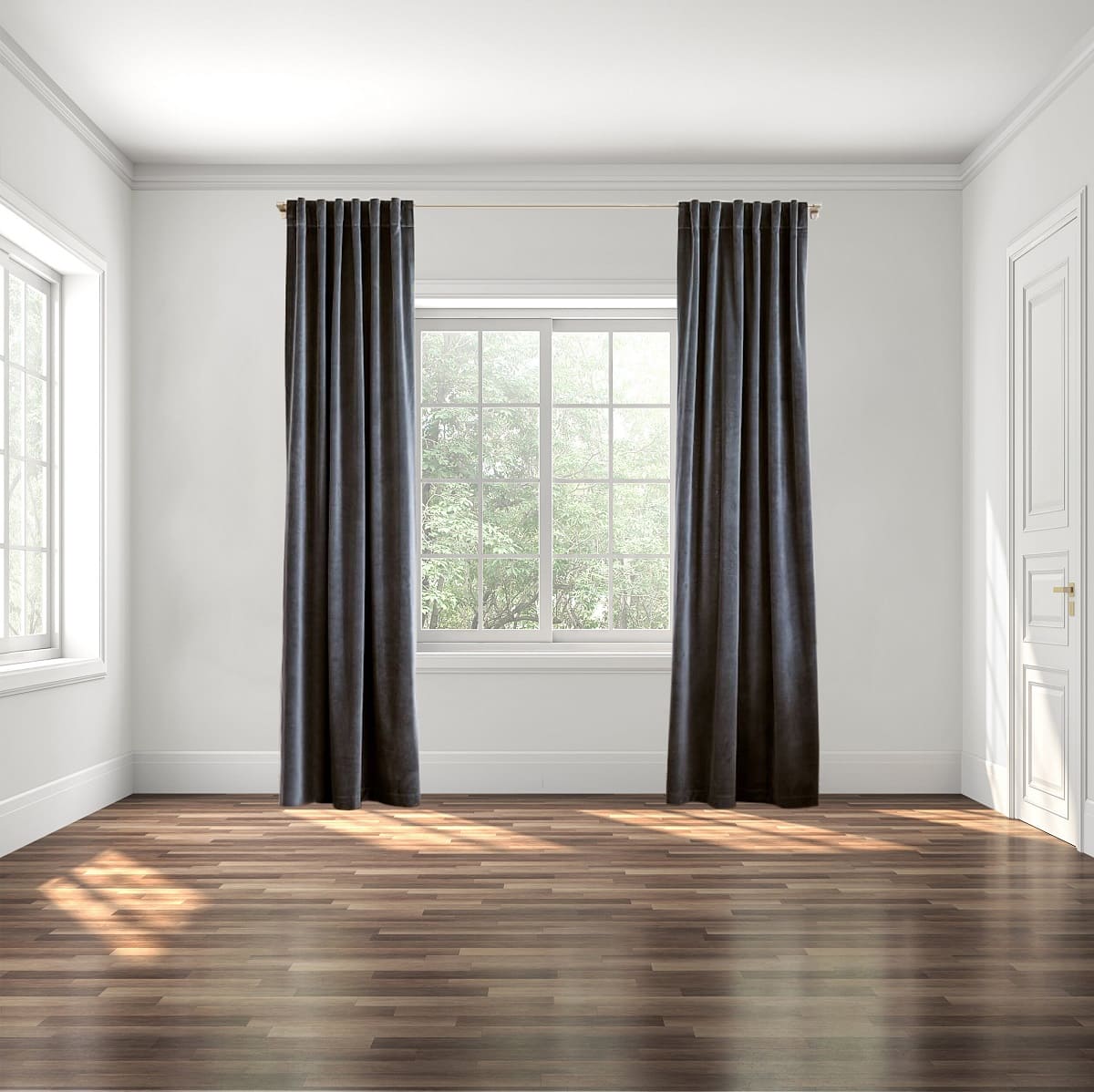
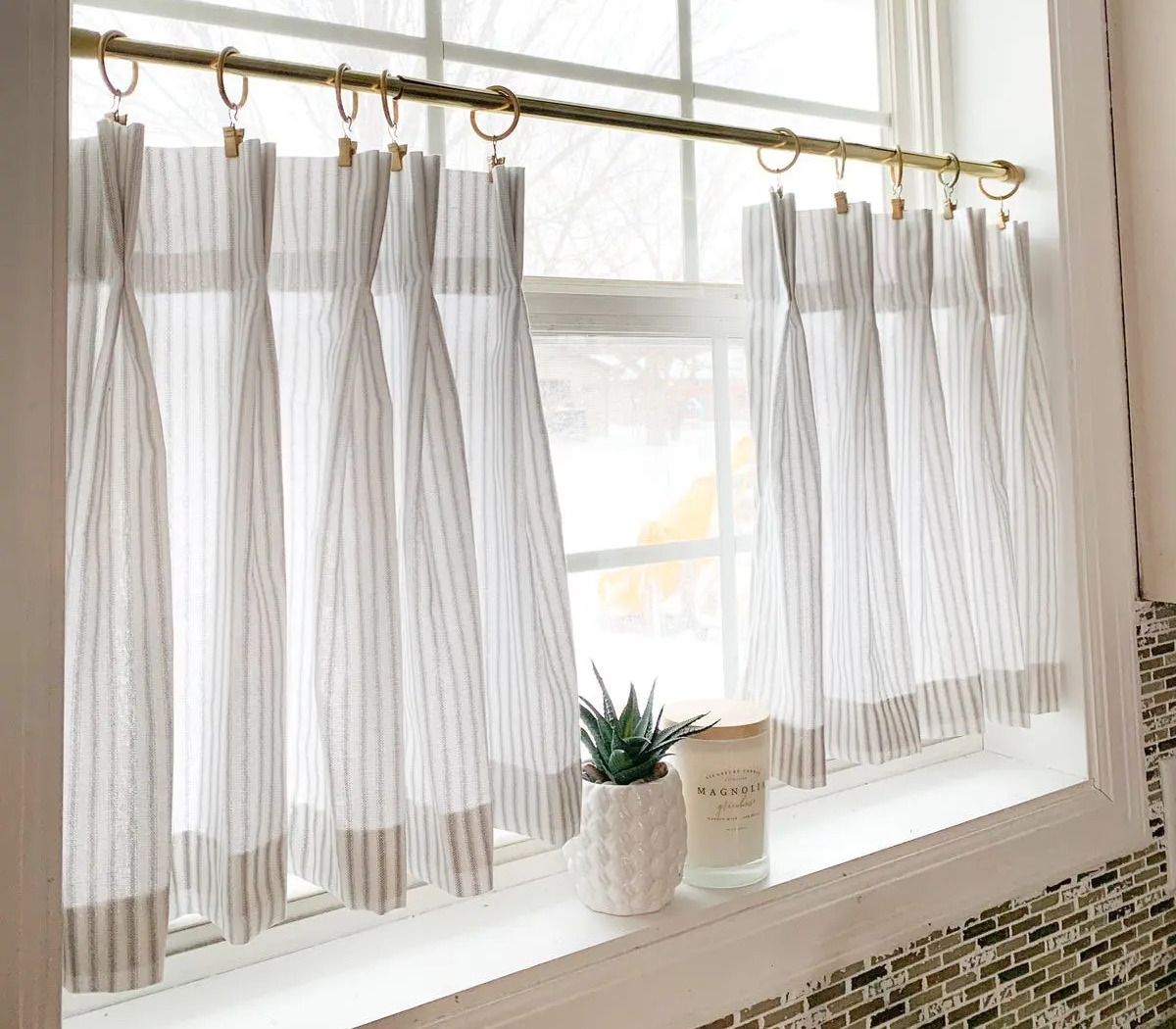
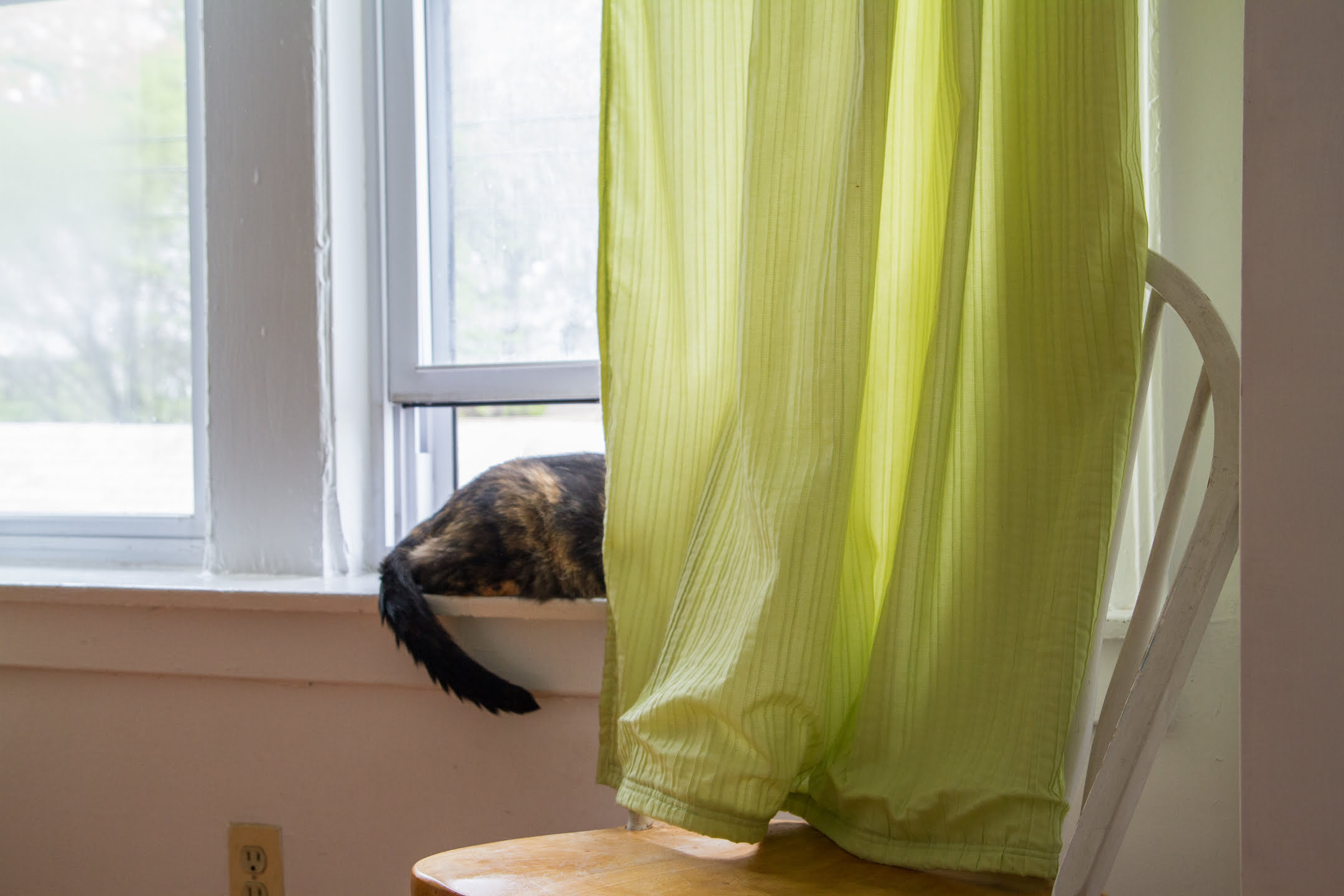
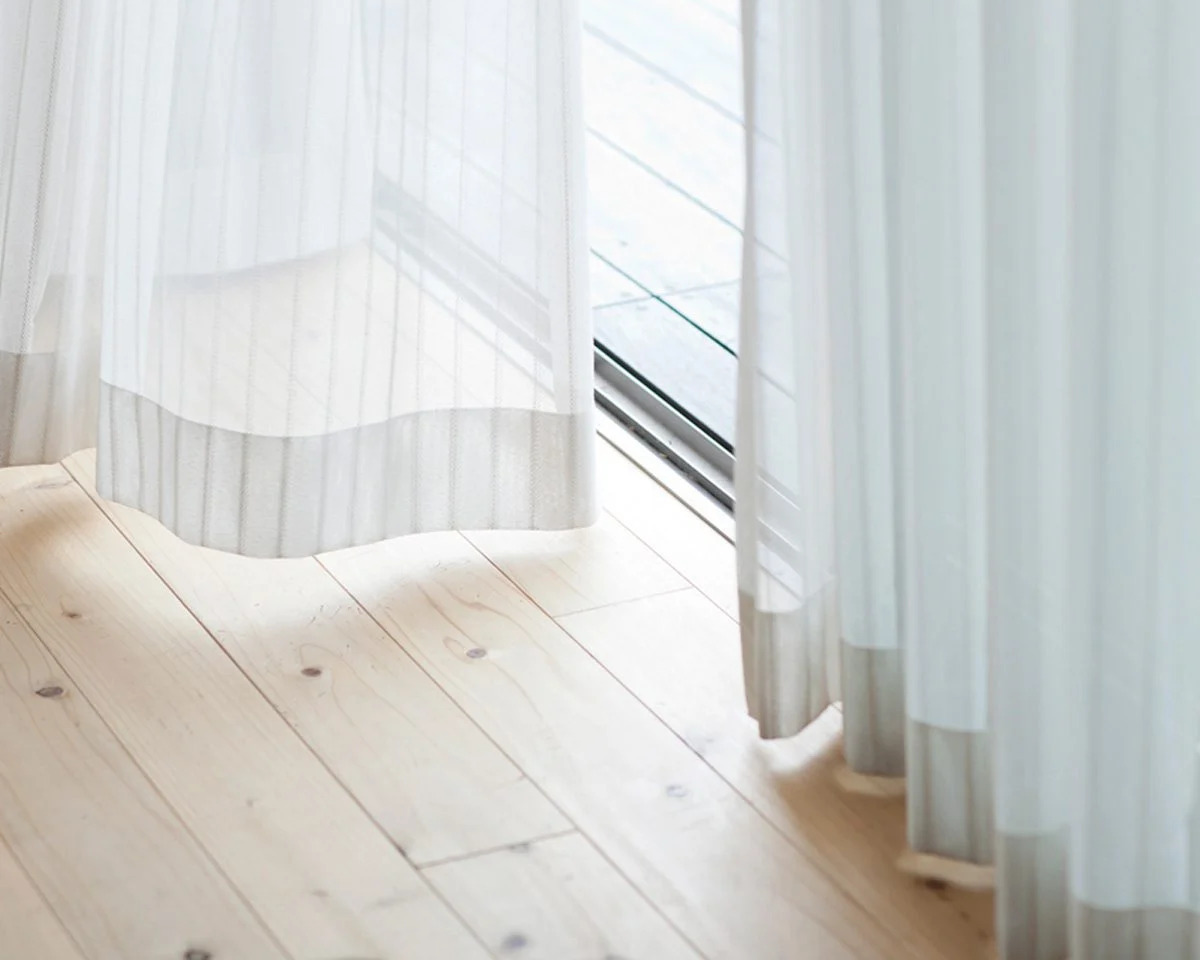
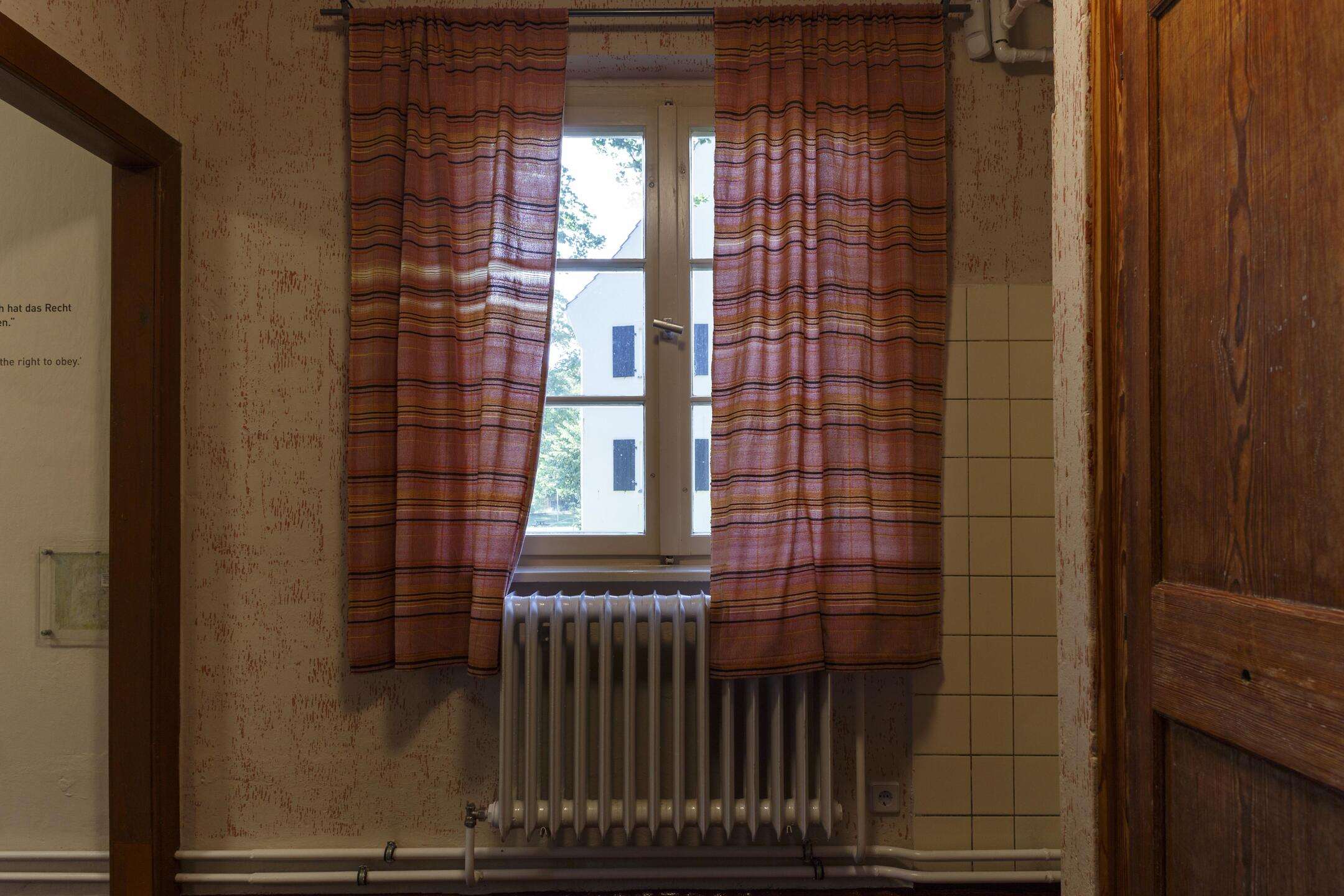

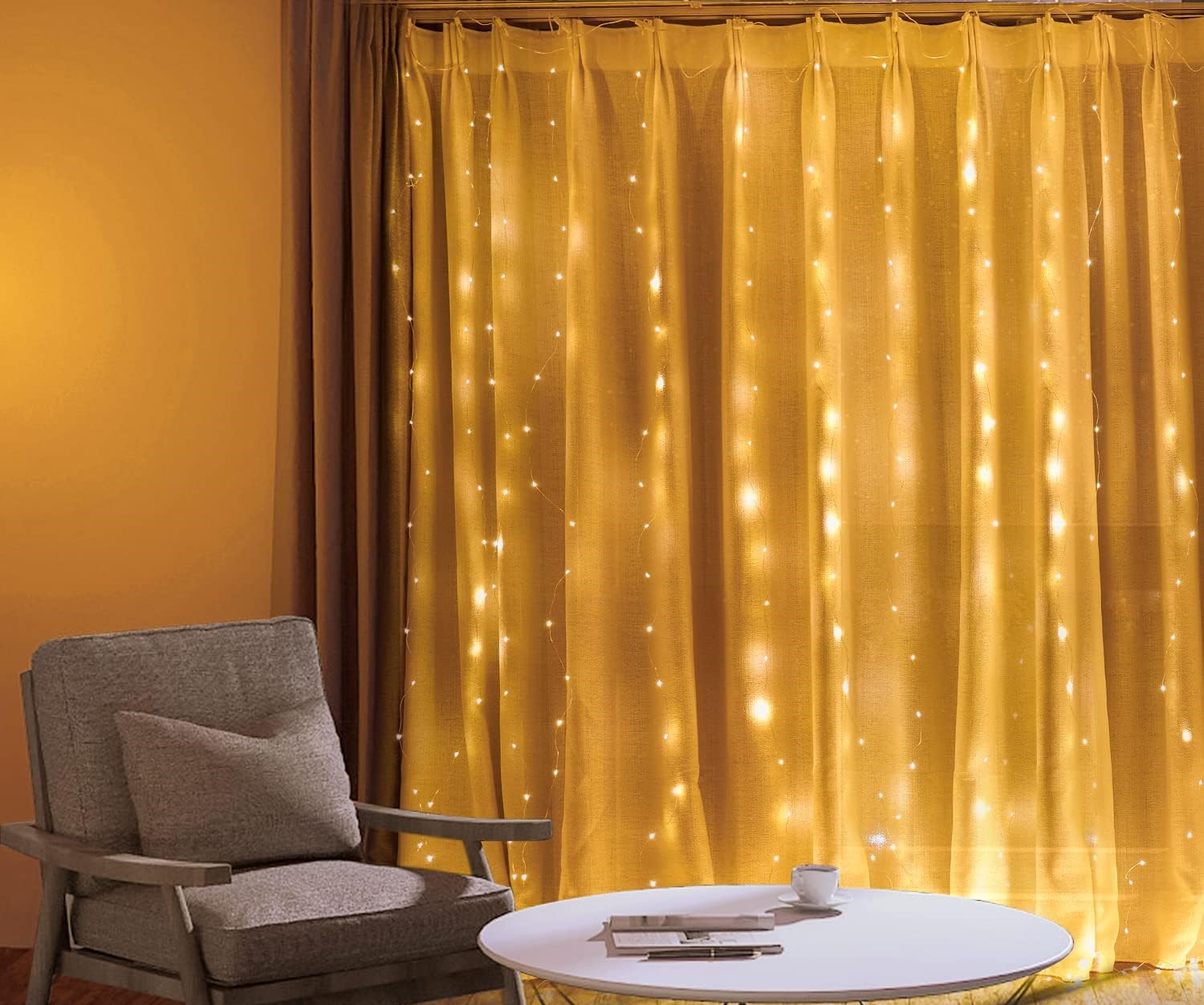
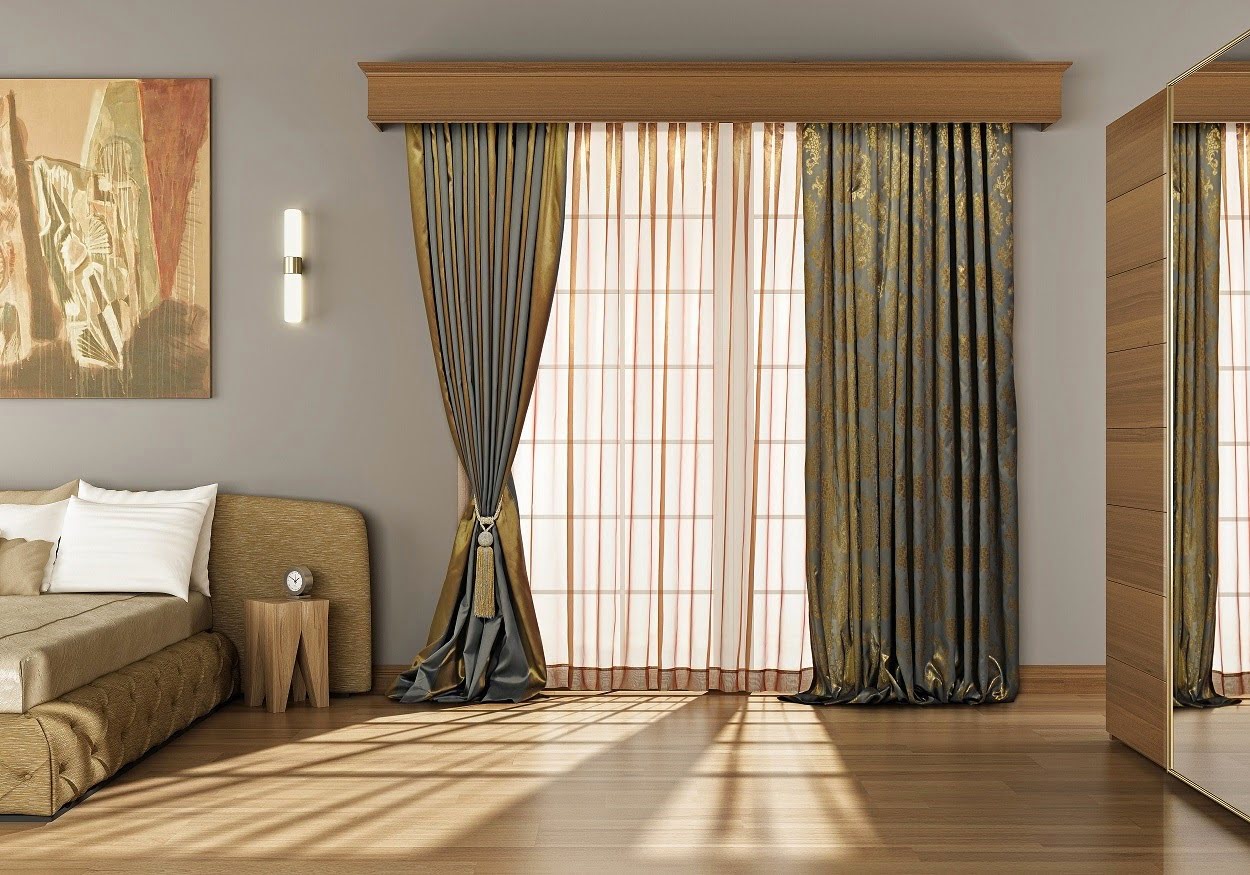
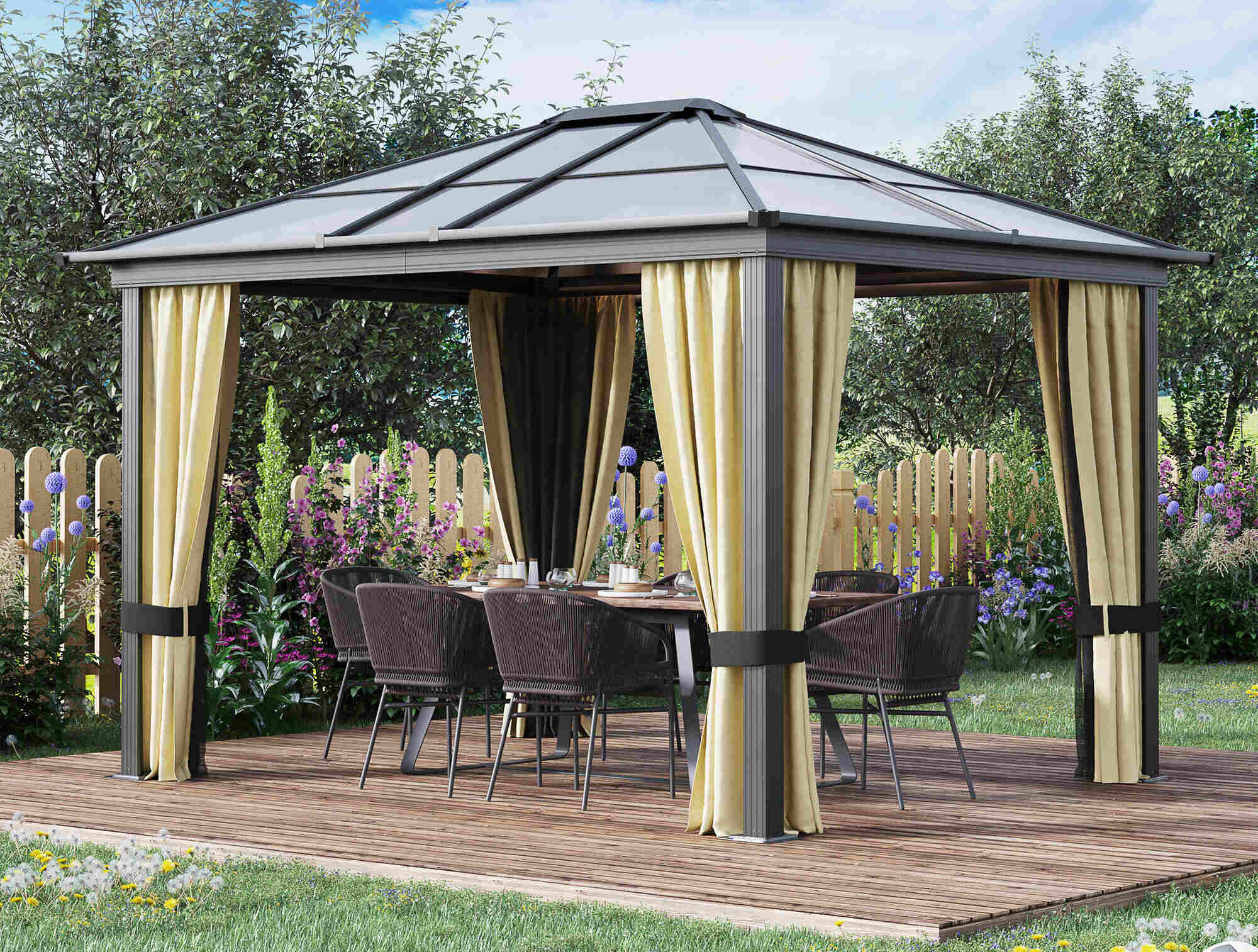

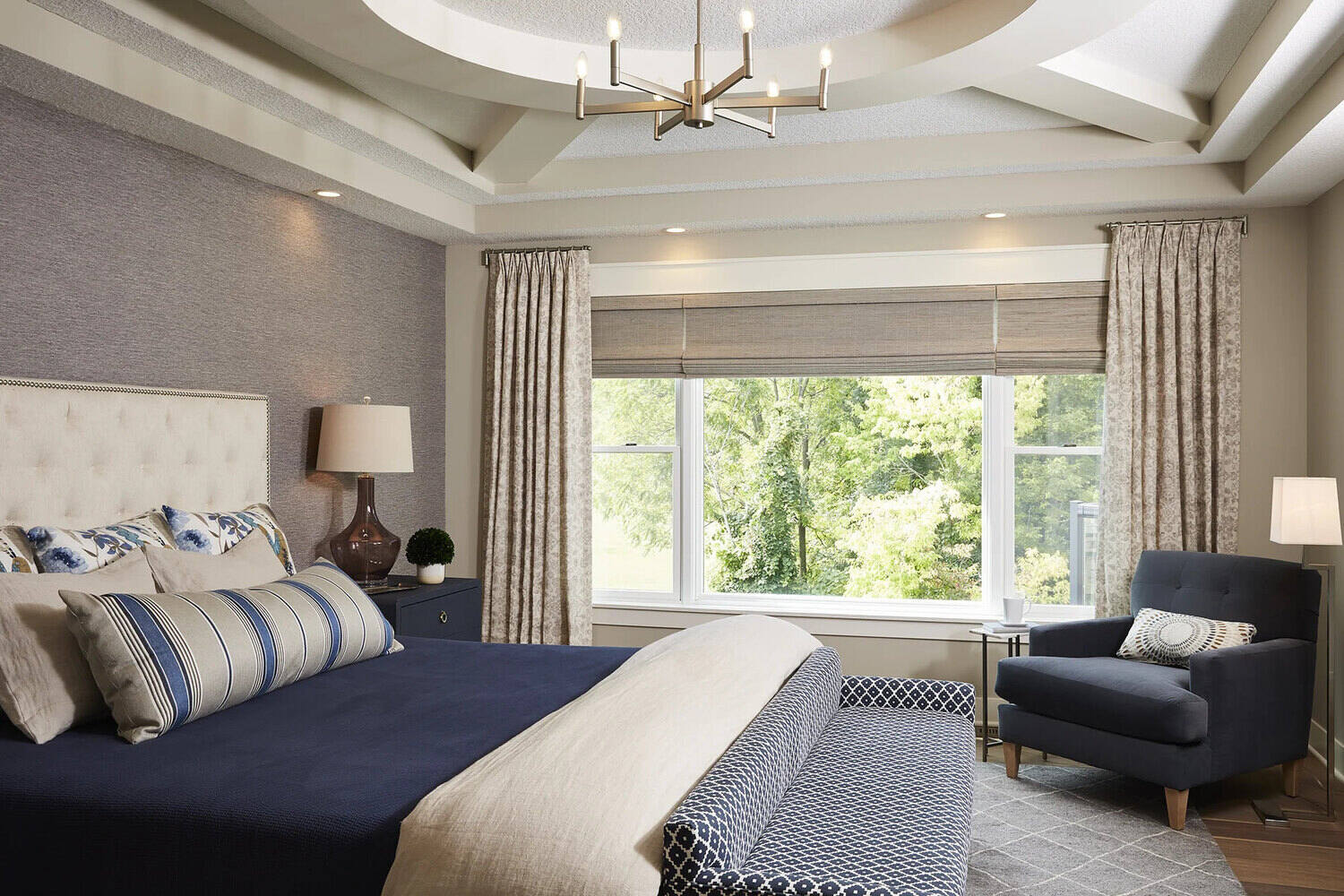

0 thoughts on “How Long Should Curtains Hang To The Floor”